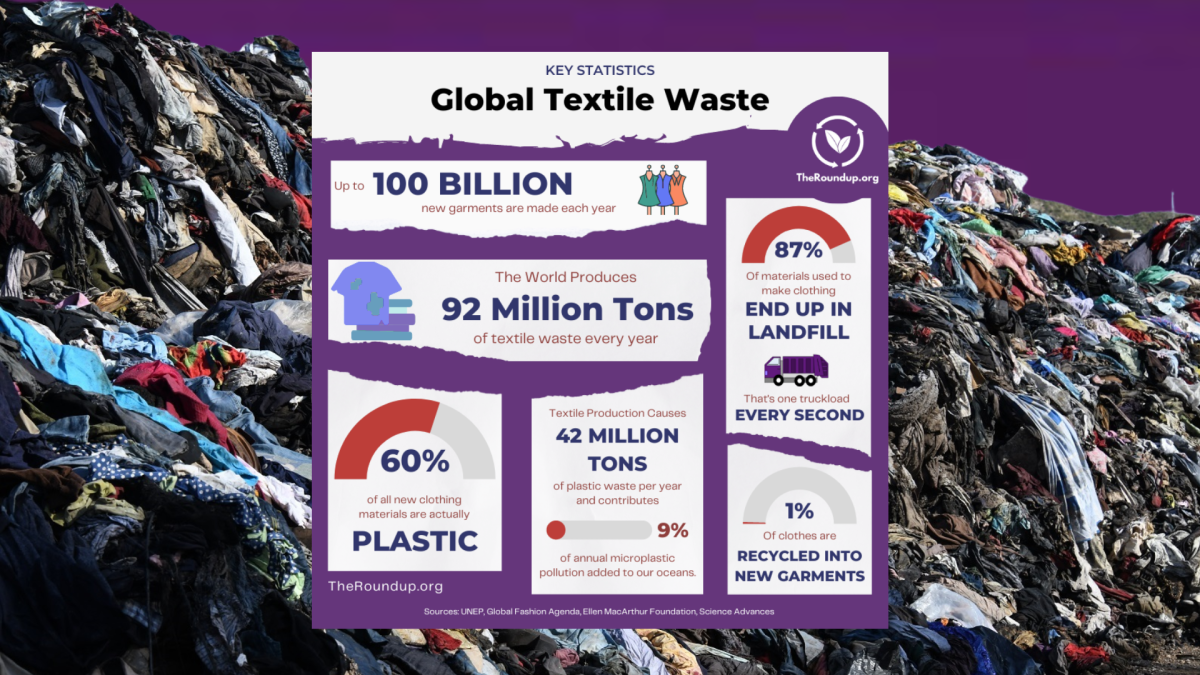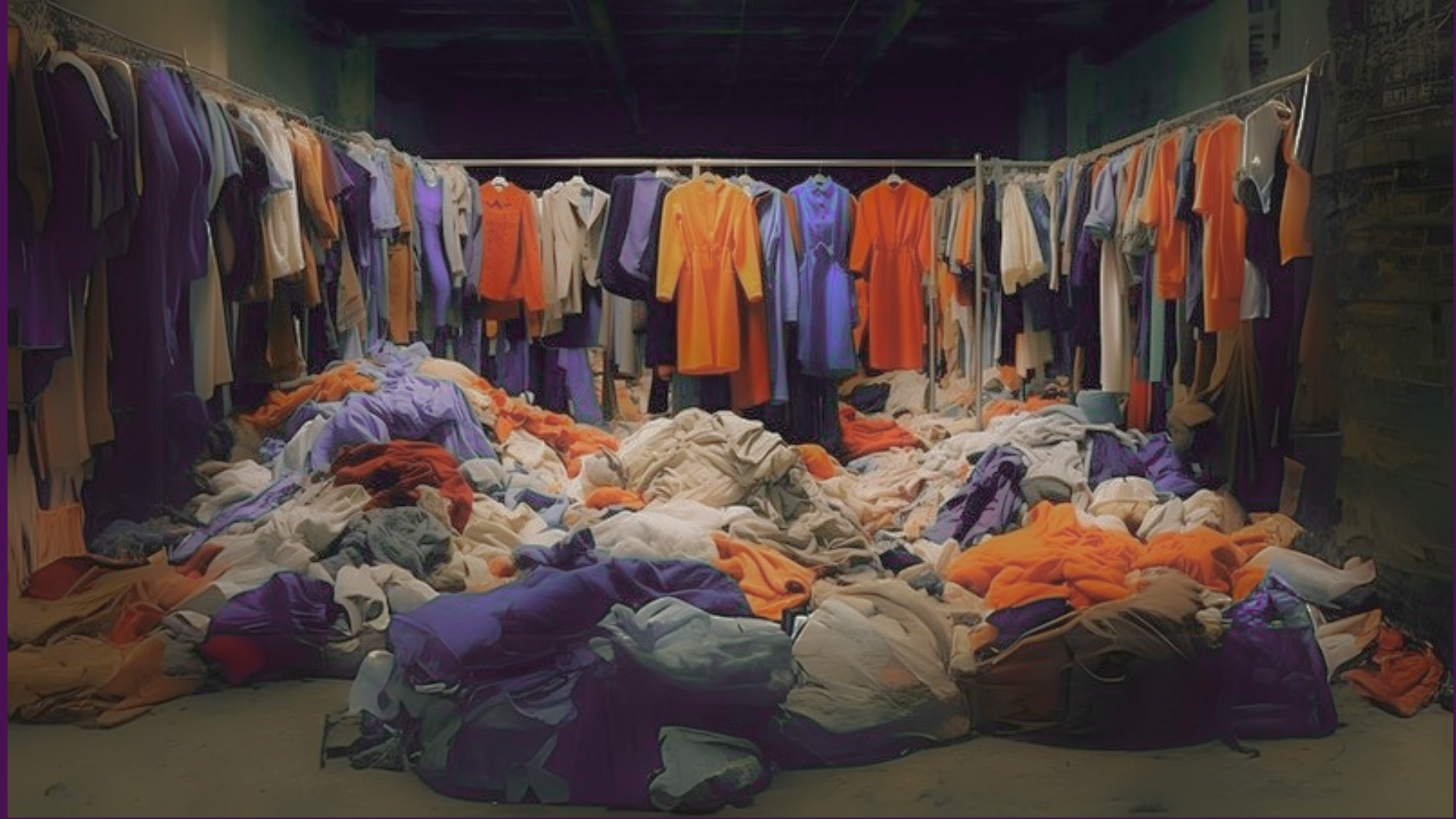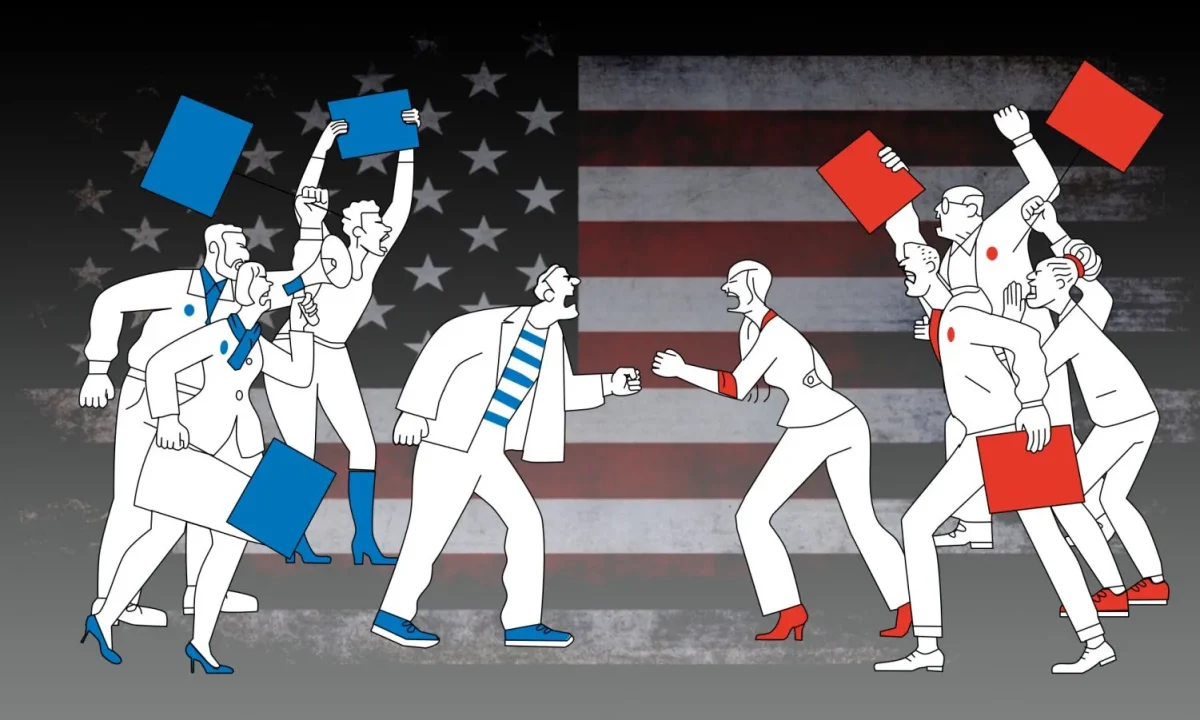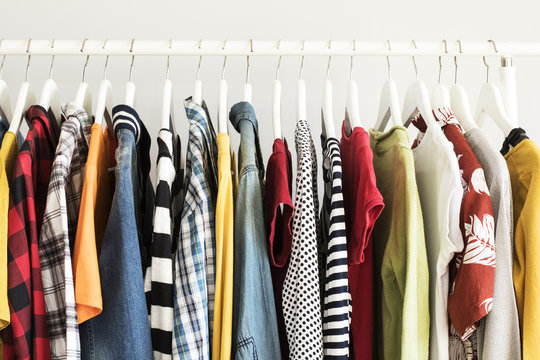Thrift hauls grow in number each day. TikTok users pull on their gloves and drive to the Goodwill bins, grabbing anything that appears worn, beaten, and made before 2007. They manhandle clothing racks, perusing quickly in case a more seasoned thrifter enters their domain, armored in 2000’s-era Abercrombie & Fitch or Hollister. They spit at clothing that costs over five dollars and spout advice. TikTok creator Kalita Hon often posts about her thrifting expeditions, arguing that thrifters should look for truly vintage pieces because the “designs of true vintage pieces are better than a lot of the fast fashion we see today.” Isabella Anderson, an avid thrifter who rose to prominence for her fashionably outdated style, believes that any “bangin’ early-2000s wardrobe” begins with a collection of graphic tees. Others spread their own thrifting hacks and wisdom, gained from years of frequenting secondhand stores. My screentime rose alongside this personal obsession with watching the plunders of teenagers and 20-somethings with better style than myself. Videos flaunted the lowest of low-rise jeans, lacy camisoles, polo shirts for collar-popping, and babydoll tops oozing femininity. The allure of thrifting grew irresistible, and my tired mother eventually surrendered and took me thrifting.
To be precise, we went to two thrift stores, one smaller and more curated, and another about five times the size of the former, albeit a more typical thrift store that took whatever donations they got. Both thrift stores were significantly different, yet each echoed the many reasons that thrifting is a beloved activity today.
A Treasure Trove of Surprises
Thrifting is inherently unpredictable. Thrift stores are stocked with donations from individuals who’ve outgrown their wardrobe, defected from trends, or want to cleanse themselves of their mountains of clothes. Therefore, racks are overflowing with unique items that might not be found in stores today.
Naturally, the unpredictable nature of thrifting can yield disappointing results. A good thrift haul relies on the quality of the stock, what time one goes thrifting, the day of the week, the number of strong thrifters who’ve already ransacked the rack you now sift through, and the thrifter’s willpower to muscle through countless sections in hopes of finding a hidden gem.
Yet, that is part of the thrill of the thrift store. Amidst a sea of competitive fashion-lovers, along with grandmothers and normal people looking for cheap clothes, there is always something to find at the thrift store. And even if every last piece you picked up turns out to smell disgusting, look funny on your body, or be covered in brown stains, the momentary high of possibly finding something great is a huge reason that thrift stores bustle with activity.
Affordability
Most thrift stores boast incredibly low prices, especially for quality clothes. High-end brands sometimes hide between the questionable pieces, coupled with minute costs. Where cashmere, cotton, silk, and linen would be distant dreams during a trip to the mall, they too become scores more accessible in a thrift store’s racks.
Sustainability
Thrifting is considered a more sustainable purchasing method than buying at retail stores. This is because unwanted clothing is often trashed and dumped in landfills, but instead it is given the potential for a new life. Shoppers can purchase clothing without supporting fast fashion, a notoriously damaging industry for the environment. By avoiding retail stores, one avoids buying clothes that, although new, strain natural resources, do not easily decompose due to poor materials, and are made using unfair labor practices.
However, exclusively buying at thrift stores does not automatically warrant the “sustainable” label. Low prices and the idea of sustainability can convince buyers of their freedom to buy piles of clothing without consequence. Overconsumption, like those massive thrift hauls, is a symptom of unsustainability. Even when buying secondhand, we must remember that we are consuming nonetheless, and thus take care to buy only the pieces we love and will cherish until the seams break loose. After all, a closet stuffed to the brim with clothing we bought because it was only two dollars is unnecessary, and as our tastes evolve, a sizable chunk of that closet is bound to be donated back to the thrift store, or even worse, tossed out.

Unique Sensibilities
The current climate of mainstream fashion screams homogeny. Five different store websites could hold similar variations, if not direct copies, of the same top or pair of jeans. Meanwhile, thrift stores normally house older clothes that have stopped being sold in stores. At the racks, we find colorful designs, unique detailing, interesting silhouettes, and other reminders of a better past now long forgotten. When trends pervade every aspect of life, a growing group of shoppers desire clothing that helps them find a sense of individuality. At the thrift store, we aren’t shopping for the biggest brands of today. We are shopping for the brands of the past, one where we were too young, or unborn, to keep up with the trends of the times. Thrifting feeds us the fantasy that we are rising above the crowd and into uniqueness.
As with all things, thrifting has a diverse set of favorable-or-not traits. Likewise, the activity is alive and well as people hunt for the newest additions to their wardrobe. So, the next time a day feels slow, head over to a thrift store to enter an atmosphere of glorious uncertainty.













